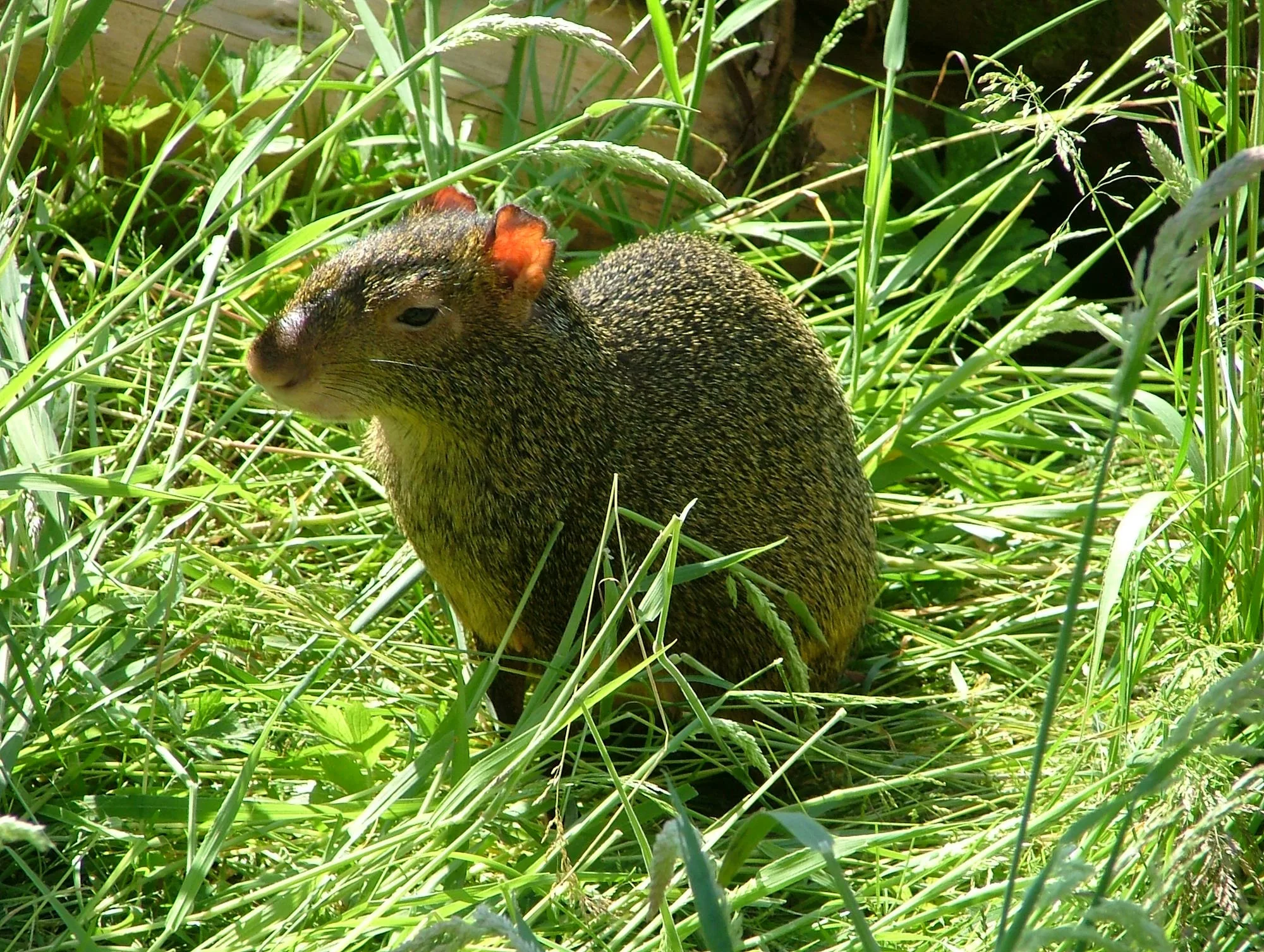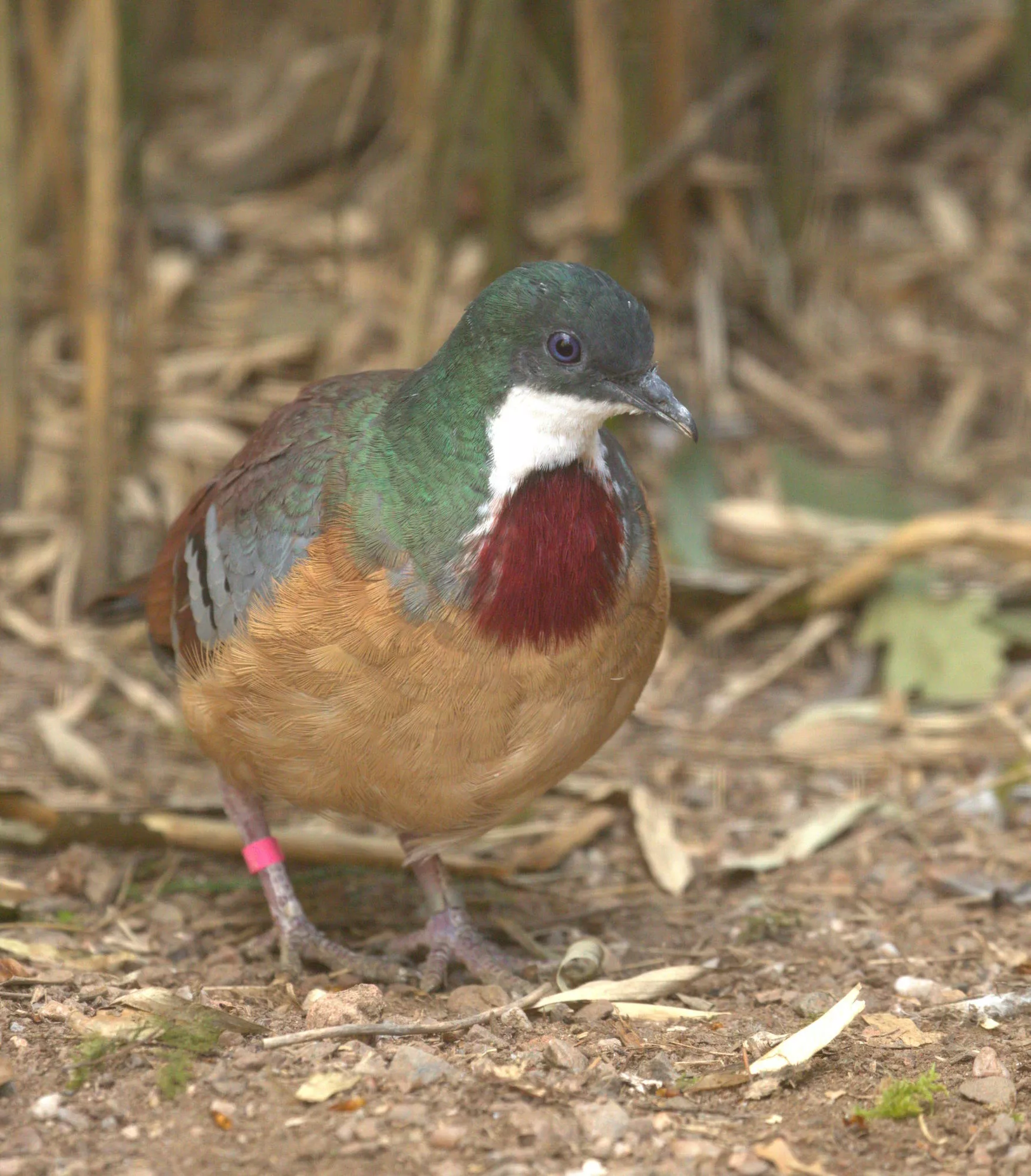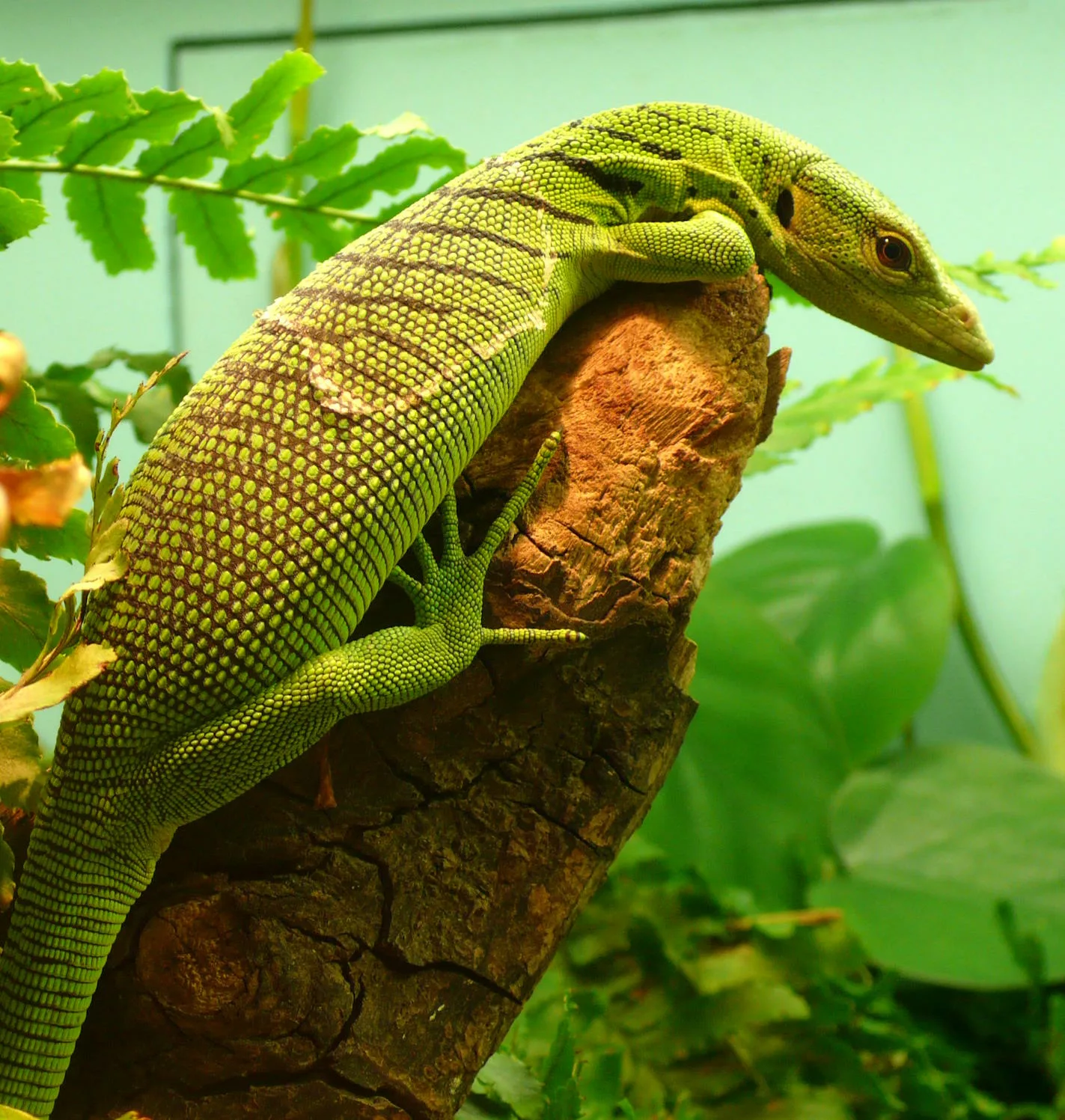
Palawan peacock- pheasant
Scientific name: Polyplectron napoleonis
IUCN listed as: Vulnerable
Learn before you visit!
Here are some facts about the species – Discover what they eat, find out about their natural habitat, see what they like to do, and more… Set the reading style to suit you too, everyday speak or something aimed towards children.
Child-friendly
Everyday
Diet
The Palawan Peacock-Pheasant primarily feeds on a variety of seeds, fruits, and small invertebrates such as insects and worms. They forage on the forest floor, using their beaks to dig through leaf litter. This diet provides them with the necessary nutrients to sustain their vibrant plumage and active lifestyle. They are also known to eat small amphibians and reptiles occasionally. Their foraging behaviour plays a role in the ecosystem by aiding in seed dispersal and controlling insect populations.
Palawan Peacock-Pheasants eat seeds, fruits, and small insects. They look for food on the forest floor. Sometimes, they also eat small frogs and lizards. Their diet helps keep the forest healthy.
Breeding
Breeding in Palawan Peacock-Pheasants typically occurs during the wet season, ensuring that food is plentiful for raising young. The male performs elaborate courtship displays, spreading his tail feathers and showcasing his iridescent plumage to attract a mate. Females lay 2-3 eggs in a simple ground nest, which is often hidden among dense vegetation to protect from predators. Incubation lasts about 18-20 days, and the chicks are precocial, meaning they are relatively mature and mobile shortly after hatching. Both parents are involved in caring for the chicks, providing them with food and protection.
These birds lay 2-3 eggs in nests on the ground. The male shows off his feathers to attract a mate. Both parents take care of the chicks, which hatch after about 18-20 days. The chicks can move around soon after hatching.
Habitat
The Palawan Peacock-Pheasant inhabits the dense tropical forests of Palawan Island in the Philippines. They prefer areas with thick understory vegetation, which provides cover and foraging opportunities. These birds are highly dependent on intact forest habitats, making them vulnerable to deforestation and habitat fragmentation. Conservation efforts focus on protecting these critical habitats through the establishment of protected areas and sustainable land-use practices. Their survival is closely linked to the health of their forest environment.
They live in the forests of Palawan Island in the Philippines. They need thick forests with lots of plants to hide and find food. Their homes are in danger from cutting down trees. Protecting these forests is important for their survival.
At the zoo
In zoos, Palawan Peacock-Pheasants are kept in enclosures that replicate their natural forest habitats, including ample space for foraging and displaying. Their diet in captivity includes a mix of grains, fruits, and live insects to ensure they receive a balanced diet. Zoos play a critical role in the conservation of this species through breeding programs and public education initiatives. These efforts help raise awareness about the species and the threats they face, such as habitat destruction and hunting. Breeding programs in zoos help maintain genetic diversity and support population stability.
In zoos, these birds live in places that look like their natural homes. They eat grains, fruits, and insects. Zoos help protect them by breeding them and teaching people about them. This helps keep their numbers up.
Behaviour
Palawan Peacock-Pheasants are diurnal, spending their days foraging on the forest floor and their nights roosting in trees. They are known for their elaborate courtship displays and striking vocalisations, which are used to communicate with other birds and establish territories. Males are particularly territorial during the breeding season, using their displays to ward off rivals and attract mates. These pheasants are relatively shy and elusive, making them difficult to observe in the wild. Their behaviour is well adapted to their forest environment, allowing them to remain hidden from predators.
These birds are active during the day and sleep in trees at night. They use calls and feather displays to talk to each other and protect their territory. Males show off their beautiful feathers to attract females. They are shy and good at hiding from predators.
Fun facts
- Bright Plumage: The male has iridescent feathers that shine in the light.
- Courtship Dance: Males perform elaborate dances to attract females.
- Forest Dwellers: They live only on Palawan Island in the Philippines.
- Seed Dispersers: Their diet helps spread seeds and keep the forest healthy.
- Vulnerable Status: They are threatened by habitat loss and hunting.
- Shiny Feathers: Males have shiny feathers that look amazing in the sun.
- Fancy Dances: Males do special dances to impress females.
- Unique Home: They only live in the forests of Palawan Island.
- Forest Helpers: They help spread seeds and keep the forest healthy.
- Need Protection: They are at risk because their homes are being destroyed.
More animals to discover at our zoo
Quick Links
Tickets & Prices
You can buy tickets for Exmoor Zoo securely online, as well as finding out more price options, discover offers, and more…
What’s on…
Exmoor Zoo hosts incredible Events all through the year. You can find out about what we’ve got in store here…
Routes & info
Like any great discovery, Exmoor Zoo can feel a little off the beaten path – but don’t worry – you can plan your journey with our recommended routes and other useful travel info.




























